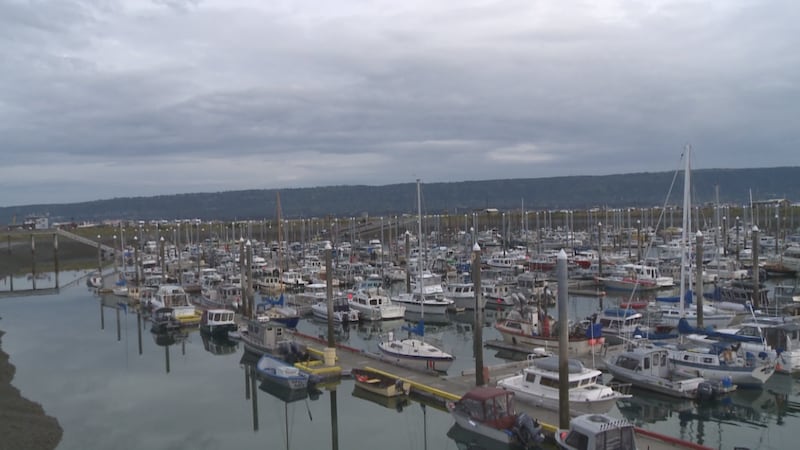NTSB still working on plans to remove wreckage from Nanwalek
Pilots say rural airports pose unique challenges
ANCHORAGE, Alaska (KTUU) - National Transportation Safety Board Investigator Mitch Rasmussen said Wednesday the wreckage from a plane that crashed in Nanwalek on Monday, killing two people, remains in the rural community, but plans are being made to retrieve it.
Rasmussen said it’s likely a helicopter will transport the wreckage to Wasilla, where investigators will begin the process of determining if any mechanical issues may have caused or contributed to the crash.
NTSB Alaska Chief Clint Johnson said Tuesday a loose dog on the Nanwalek runway may have prompted pilot Daniel Bunker to abort a landing and initiate a go-around. During the go-around, the plane lost control, possibly stalling, before it crashed on the beach near the water. Bunker, a 48-year-old Homer resident, was killed along with a passenger, 37-year-old Jenny Irene Miller of Anchorage. A third person, an adult man, was flown to an Anchorage hospital with serious injuries.
Flying in rural Alaska can be treacherous, according to Con Bunde, a former state senator who’s been a pilot in Alaska for more than 40 years. On Wednesday, Bunde was getting his floatplane in the water at Lake Hood. Bunde said over the years he’s encountered all kinds of animals on rural airstrips, including people.
“Rural airstrips are uncontrolled; they are mainly not fenced or anything like that, so it is really the pilot’s discretion whether to land or not, and last-minute things can happen,” Bunde said.
Justin Shelby, a spokesperson for the Alaska Department of Transportation, which oversees airports in Alaska, said the Nanwalek airstrip is not fenced and not staffed. One of the biggest challenges, according to Shelby, is that the runway is right next to the water, and over time it’s gotten shorter.
“It is a coastal runway; any repair work that gets done tends to be washed away by the next storm,” he said.
Shelby said constant storm damage caused the DOT to shorten the runway from 1850 feet to just 850 feet in 2005, and it’s remained that way ever since. He said plans are underway to relocate the airport away from the shoreline, but that will probably be a few years down the road.
See a spelling or grammar error? Report it to web@ktuu.com
Copyright 2025 KTUU. All rights reserved.














